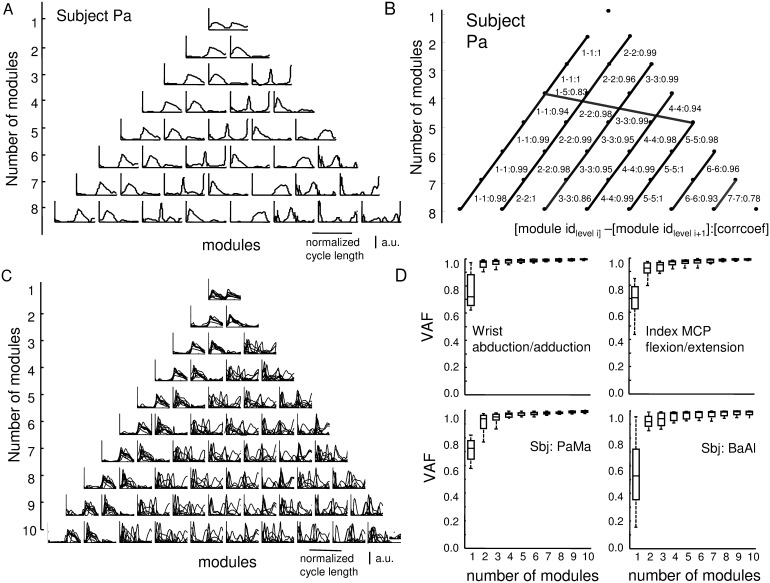Figure 3. Motor modules extracted from sEMG envelopes using NNMF analysis for one representative subject.
(A) Example of the motor modules extracted for the subject Pa (first 8 sets of modules). The modules identified in the set with N modules are essentially preserved in the set with N+1 modules. (B) Similarities between sets with different number of modules. The nodes of each row of the triangle represent the modules extracted from sets with a number of modules ranging from 1 to 8. The links between the nodes in two adjacent rows connect modules that are similar (correlation coefficient above 0.7). The degree of similarity is indicated by the thickness of the link and the value shown close to each link. (C) Superposition of the motor modules identified for all subjects. The first two modules are very similar for all subjects while differences among the subjects are represented starting from the third module. (D) Top: variance accounted for (VAF) as a function of the number of motor modules for two representative tasks (wrist flexion/extension and ring MCP flexion/extension). Bottom: VAF as a function of the number of motor modules for two representative subjects. Three motor modules allow an accurate approximation of the sEMG envelopes (median VAF>0.9).

